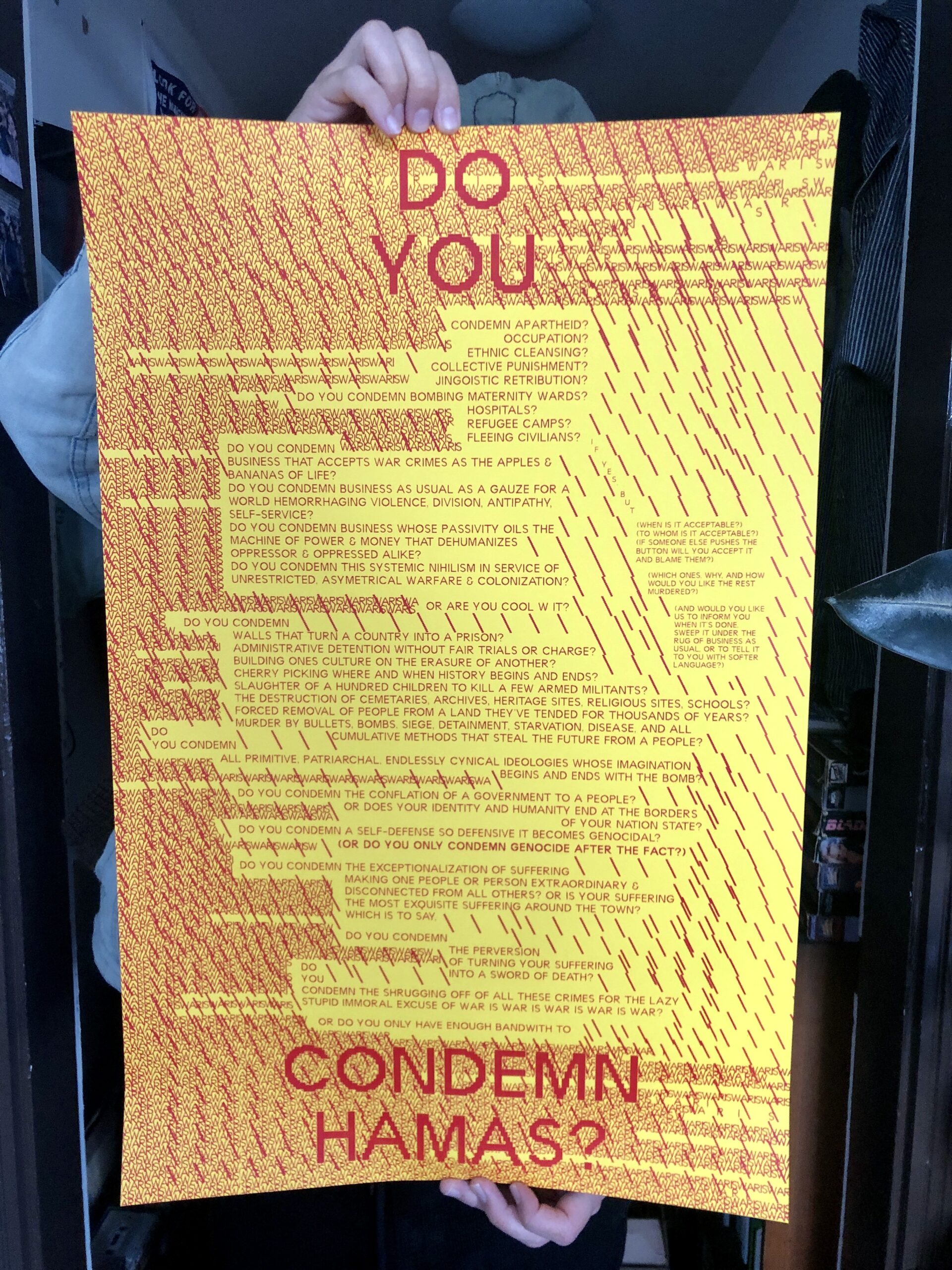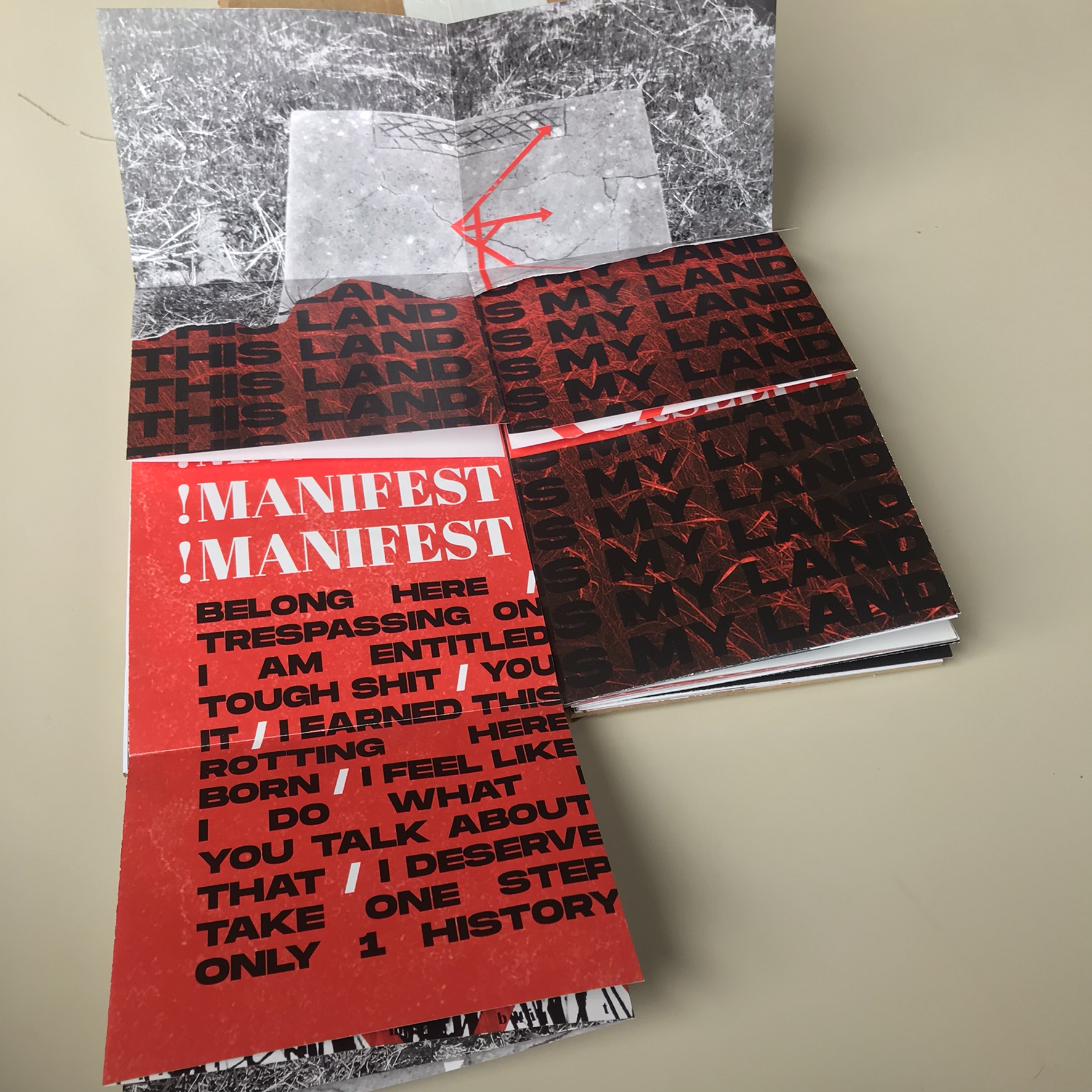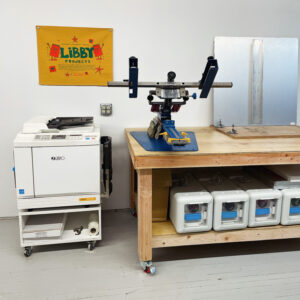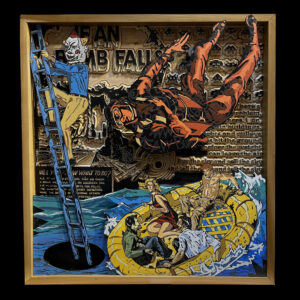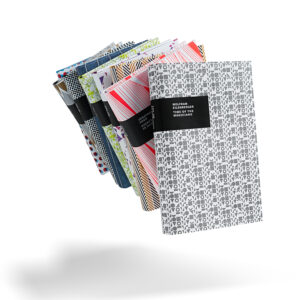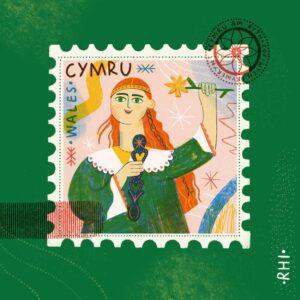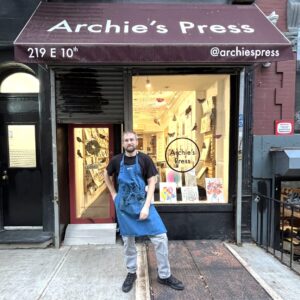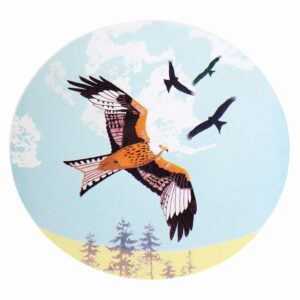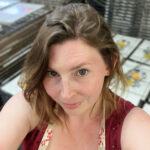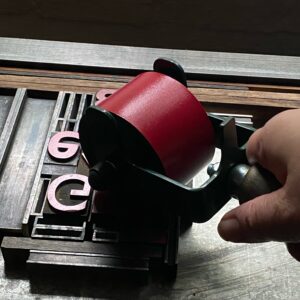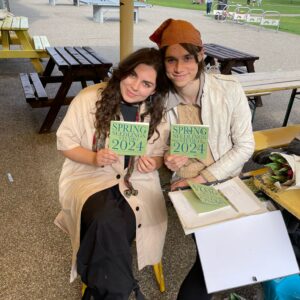Profile
Thad Higa is a Korean-Okinawan American language worker, born 1989 on Ohlone Land, San Jose, California, and raised in Hawaiʻi. Thad received a BA in Creative Writing from Seattle University in 2011 and an MFA in Book Arts from Mills College in 2023. He works with artists’ books, concrete poetry, printmaking, collage, typography, graphic design and living rooms. He investigates the intersections of language, technology, capitalism, eurocentrism, and their roles in controlling perceptions of reality, value and legibility.
I’m a language worker interested in the synergy of written and visual languages in 4D space. My pieces are iterative, open-ended, unfinished works that rely on changing cultural, political, and economic positions for their existence. They are manifestations of relation and meaning-making in the scope of text and typography, reading comprehension, book objects, and other print ephemera that structure our ways of knowing and seeing in a world of surfeit information input.
My current focus is on the processes of value-making and legibility in the context of mass media propaganda, advertising and social interfacing especially on the Internet. This includes the commodification and politicizing of identity, the systemic, binary failures in the digital-social ecosystem built towards profit through division, and the connecting through-lines of language between them. The interpenetration of these subjects in my work often leads to nihilistic sloganeering, caustic, alt-right rhetoric and ideologies, confrontations with white-supremacy, conspiracy and cult thinking, and other online-fueled cultures that engender parallel cul-de-sacs of thought.
In looking at systemic issues in the digital sphere, both difficult to conceptualize and distasteful to directly address, a material experience can be enticing where the subject matter is repellent, tedious, or disembodied. Herein lies the strength of book arts. The kinetic book form can explicate the lasting physical impacts of an ephemeral, electronic reality. Furthermore, the various craft disciplines of the book acts as a metaphor for the multidimensional, contradictory nature of complex subjects. Artists’ books can harbor simultaneous narrations through haptic, verbivocovisual, and proprioceptive language, while maintaining the accessible ubiquity of the common book form. This is a crucial counter to binary, linear narratives and logic that lead to superficial thinking.
Book arts presents a corridor towards a more empathic, multivalent, and nuanced understanding of our world and each other. Mechanical and material interaction with an object transforms a viewer into a reader; a transition from passive to active. By engaging readers on multiple levels about difficult subject matter, I hope to discover the ways in which we read and do not read, how content and forms shape division, and how we propagate systems of control through unthinking, uncritical language.
Latest Activity
This member has not posted anything yet.

